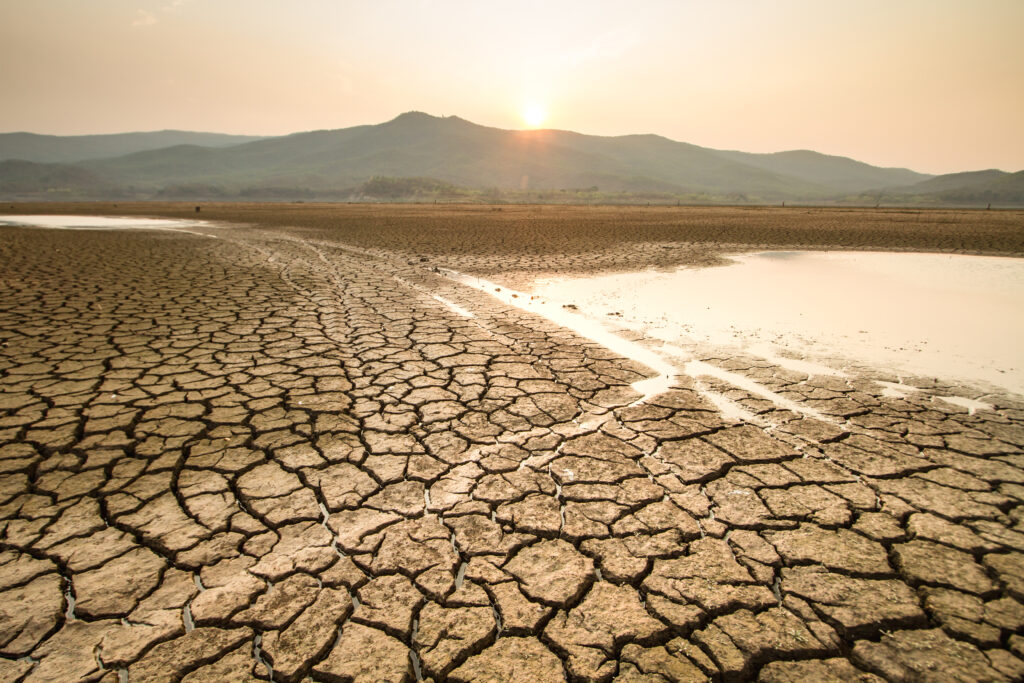FILE PHOTO – Drought
SALT LAKE CITY – Utah’s Division of Water Resources just published a Water Resource Plan that explains how they want to manage one of the state’s most valuable resources. The organization sends out a monthly drought update giving the facts and figures to inform the public just how dire the water situation is in Utah.

The latest drought update from Water Resources came on February 10.
“With 95% of Utah’s water supply coming from snowpack, we need above-average snowstorms to help refill reservoirs Utah still has 54 days until the snowpack typically peaks,” Michael Sanchez of Utah Division of Water Resources said.
With a growing population and shrinking water supply the Beehive State’s water specialists got together with other coordinating state and private agencies to draw up their plan. They took years of data, including public input, to identify when and where water will be needed most throughout the state from now and into the future.
Candice Hasenyager, director of the Division of Water Resources, said a safe, reliable water supply is critical to Utah’s prosperity and quality of life.
“This plan provides a comprehensive look at Utah’s current water use and supply conditions and future demand scenarios,” she said. “It’s a long-range planning document that looks 50 years into the future and has been years in the making.”
The plan focuses on three water management principles:
- Reliable data is needed to make informed water management decisions.
- Supply security requires a comprehensive approach.
- Healthy watersheds are necessary to ensure the viability of the state’s precious water resources.

The plan also prioritizes actions the Utah Division of Water Resources will undertake in the coming years to emphasize the importance of water planning as the cornerstone to successful water management. Using scientific data helps the organization make informed decisions and set the state and water systems up for success.
“The Division utilizes data to evaluate water conservation progress, track population projections, compare water supply and demand projections, and help identify what actions, if taken now, will benefit current and future generations,” the plan states. “The Division focuses heavily on water planning because, without it, families and communities wouldn’t be able to grow and prosper. The Division’s water planning efforts help Utah communities to thrive.”
The document shows rural Utah decreasing in population and the metropolitan areas increasing in population in the coming years.
Management of Utah’s water involves the coordination of several state agencies, the Department of Agriculture and Food, Department of Environmental Quality as well as local suppliers that have already begun a collaborative effort to produce a more holistic plan.

The Governor’s Office of Planning and Budget, Division of Drinking Water, Quality (divisions of Drinking Water and Water Quality), and Department of Natural Resources (divisions of Water Resources, Water Rights, Wildlife and Forestry, Fire and State Lands) all contributed to Utah’s Coordinated Water Action Plan.
This plan includes a comprehensive implementation strategy as the state continues to plan for rapid growth, climate change and sound management of an uncertain natural resource.
“The rollercoaster ride continues,” said Brian Steed, executive director of the Department of Natural Resources. “Dry weather isn’t what we want. We need consistent snowstorms. These next two months will really determine what kind of spring runoff we will have.”
To view the Water Resource Plan with photographs, charts and explanations go to https://water.utah.gov/2021waterplan.

